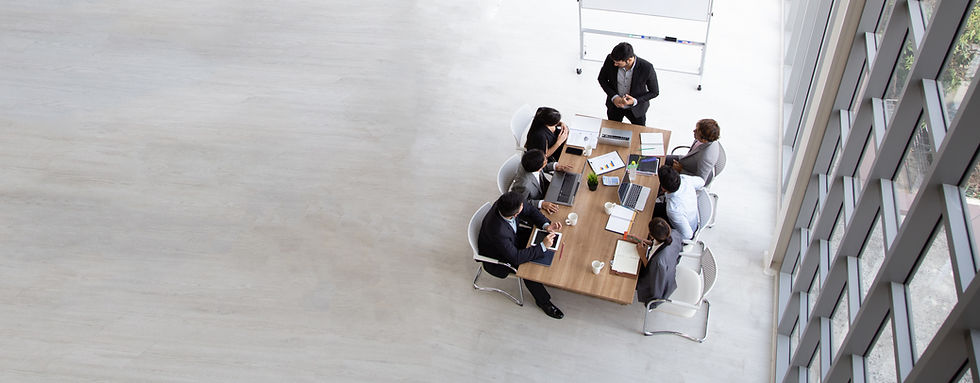DESIGN: First Impressions – How Do They Actually Work?
- MA Emma Kocmanek Dikyova, DipArt

- Oct 19, 2018
- 2 min read
“FIRST IMPRESSIONS” SHAPE OUR OPINIONS – WHETHER IT'S ABOUT A POTENTIAL PARTNER, A PRODUCT, A SERVICE, OR A VISUAL MESSAGE.
The Power of 0.05 Seconds
It takes just five hundredths of a second to form a first impression—barely enough time to consciously process anything. Yet this fleeting moment heavily influences our decisions.
Research shows that our brain makes automatic judgments without involving conscious thought, often against our intuition. These snap decisions are believed to have evolutionary roots, where early humans had to quickly assess whether a situation or individual was a threat—or not. Today, although survival is rarely at stake, this reflex persists in how we assess faces, figures, designs, advertisements, and websites.
First Impressions Last
First impressions are emotional reactions that occur before we consciously understand what we're looking at. Facial expressions can react within milliseconds, often without us being aware.
This means that when you ask customers what they like about a product, service, or advertisement, they're often unaware of their original emotional response. This creates a gap between what people say and what actually influences their preferences.
If the initial emotional response is positive, people tend to attribute positive qualities to everything else in that context—whether it's a product, brand, advertisement, or even personality traits. For example, we might assume that someone attractive is also intelligent or trustworthy, even though there's no real correlation.
The Role of Design
Evaluating the details of a design—whether it's product packaging, a website, or a magazine ad—takes time. But we use emotional shortcuts to decide instantly whether we like something enough to engage further.
Experts have investigated whether first impressions are purely based on aesthetic judgment. Studies confirm that attractive and innovative designs lead to a more favorable initial evaluation. This positive start improves perceptions of trust and usability.
In short: if a design resonates emotionally, people are willing to overlook minor usability flaws or lack of information. On the flip side, a visually unappealing product or website may be dismissed immediately—regardless of its functionality.
LinkedIn, Facebook & Visual Biases
First impressions aren’t limited to face-to-face encounters. Even online profile photos send powerful signals. For example, on LinkedIn, your profile photo heavily influences how others perceive you—more so than the rest of your profile content.
Subtle visual cues—like wearing glasses or having a beard—can impact how others judge your experience or trustworthiness, often without realizing it. These unconscious assumptions can affect everything from career growth to business opportunities.
Conclusion
First impressions are emotionally driven, happen fast, and can have long-lasting consequences. Whether or not they stem from evolutionary behavior, their impact is undeniable.
In a world where attention is a scarce resource, emotionally engaging visuals and designs are key to attracting and retaining your audience—be it through personal branding or product presentation.



Comments